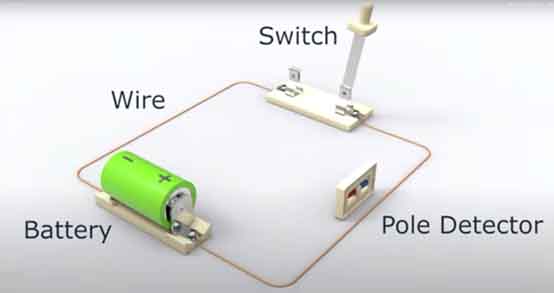


A solenoid switch is an electromagnetic device that uses a solenoid to control the opening and closing of an electrical circuit. Here are some key points about solenoid switches:
The basic components of a solenoid switch include:
The operation of a solenoid switch is based on the principles of electromagnetism. When an electric current passes through the coil, it generates a magnetic field. This magnetic field exerts a force on the plunger, causing it to move. The strength of the magnetic field is directly proportional to the current's magnitude and the number of turns in the coil.
When an electrical current is introduced to the coil, it generates a magnetic field that exerts a force on the plunger. Depending on the solenoid’s design, the plunger is either drawn into the coil or pushed out. This movement is the mechanical action that solenoid switches are designed to achieve.
•Pull-Type Solenoids: The plunger is outside the coil and is pulled into it when the solenoid is activated.
•Push-Type Solenoids: The plunger is initially positioned inside the coil and is pushed out when activated.
Deactivation Process
Deactivation occurs when the electrical current flowing through the coil is interrupted. Without the current, the magnetic field collapses, and the force on the plunger ceases. In solenoids equipped with a return spring, the spring’s force retracts the plunger back to its original position, resetting the solenoid for its next activation.
Solenoid switches are used in a wide range of applications due to their versatility and reliability. Some common applications include:
•Automotive Systems: Solenoid switches are used to activate starter systems, control fuel injection, and operate door locks and air conditioning systems.
•Industrial Machinery: They are used to control valves, actuators, and other mechanical devices in manufacturing and industrial processes.
•Home Appliances: Solenoid switches are found in lighting control systems, washing machines, and dishwashers to control motor operation and other functions.
•Automation Systems: They are integrated into automated processes to control the flow of electricity based on programmed or sensor-triggered conditions.
•Fast Response: Solenoid switches can switch circuits within a few milliseconds, offering efficient and rapid switching capabilities.
•Long Life: These switches have a lifespan of millions of on/off operations, significantly longer than conventional mechanical switches.
•High Reliability: Solenoid switches are highly reliable, ensuring stable operation over long periods without failure.
•Lightweight and Portable: Solenoid switches are small and lightweight, making them easy to install and transport.
•Customizable: These switches can be customized to meet specific application needs, including mounting options, contact configuration, and voltage range.
Solenoid switches play a crucial role in modern technology and industry due to their ability to convert electrical signals into mechanical movements. Their precise control, reliability, and durability make them an essential component in various electrical and mechanical systems. Whether in automotive systems, industrial machinery, or home appliances, solenoid switches provide a reliable and efficient means of controlling electrical circuits and mechanical devices.